The Volvo YCC Concept Was Designed By Women And Featured Really Weird Features
In 2004, Volvo revealed a concept car to the Geneva Motorshow that was designed entirely by women. It had ease, low-maintenance, and simple design in mind, and boasts features that even modern cars haven’t yet adopted, including the latest Volvos themselves.
How Did The Volvo YCC Come About?
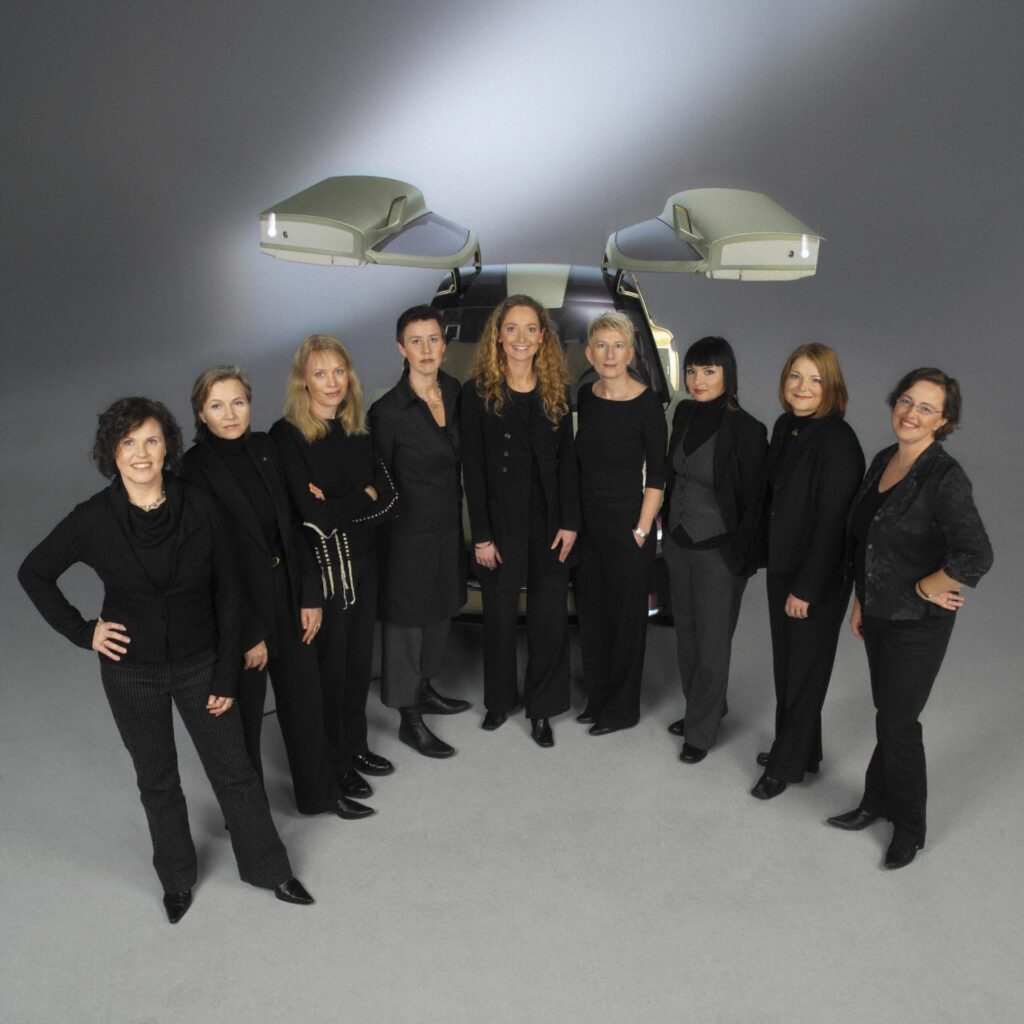
The idea behind the Volvo YCC was to appeal to the female driver market, but when you remove the macho feeling of needing to replace your own oil and open up the hood to stare at your engine, you realise that these features are incredibly useful to everyone on the road.
In 2001, a consultant by the name of Marti Barletta carried out a number of observational workshops at the Swedish carmaker. She concluded that “if you meet the expectations of women, you exceed the expectations of men.” This was the main idea behind the YCC – a car that everyone would find simple to use.
What Are These Weird Features, Then?
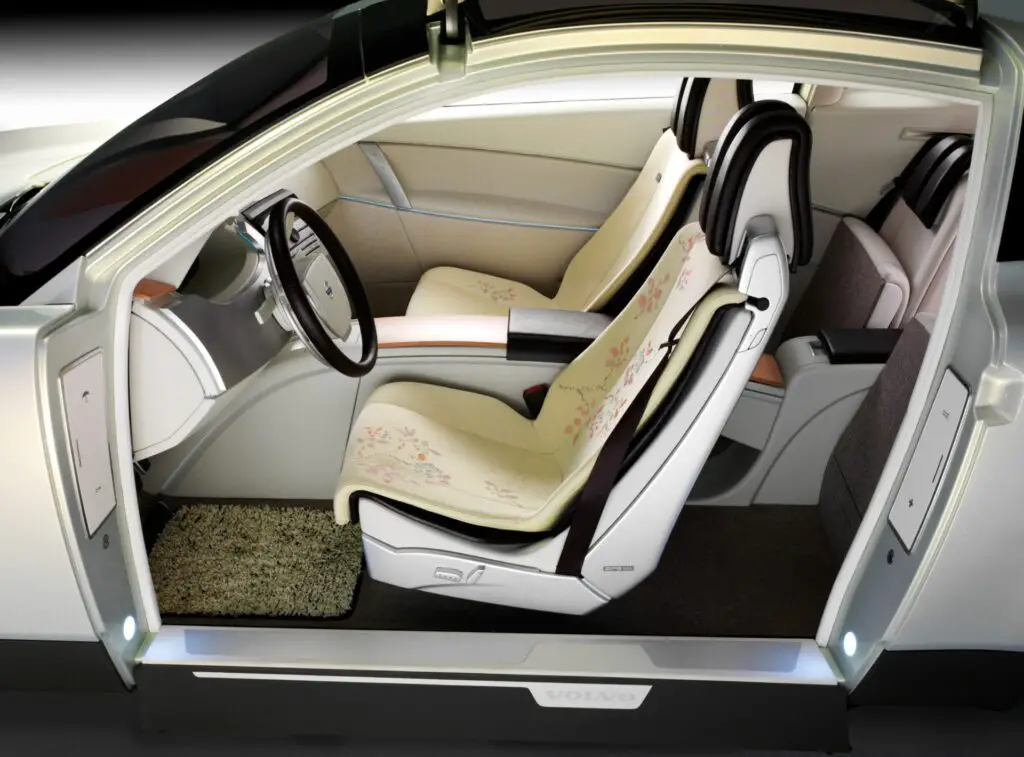
The car’s design revolved around simplicity, as you would imagine. For example, the windshield wiper fluid access was right next to the fuel filler. And both of these were filled via a capless ball valve, after Volvo surveys found that women considered caps to be a nuisance.
There was no oil filler, though. In fact, you couldn’t even open the hood because there wasn’t a hood! The car was designed to be able to drive for 31,000 miles between oil changes, and at that point, it would send a radio message to your local garage who would need to remove the front of the car to get to it. But that doesn’t matter. It’s not your problem.
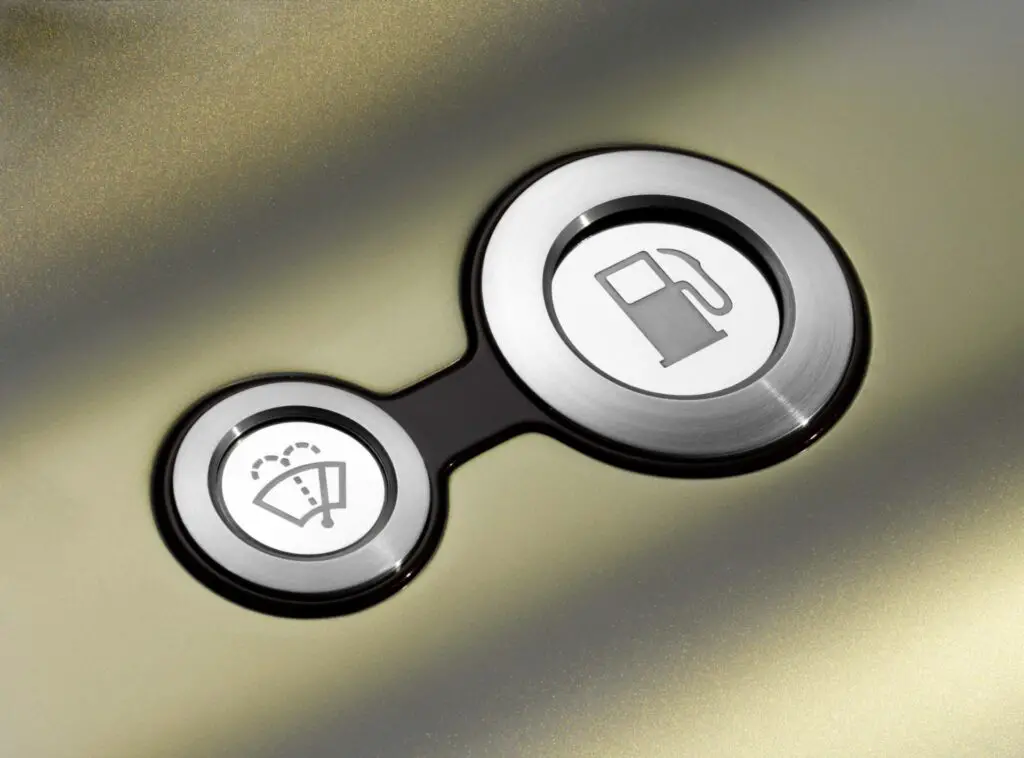
The tyres were run-flats, like the tyres you’d find on armoured vehicles. This means you wouldn’t have to sit by the side of the road changing your tyre or waiting for someone to help you, you could just drive to a local garage and pay someone to do it for you.
The front and rear bumpers? They were crash proof.
Watch Our Latest Review | Bentley Continental GT V8
Inside The Car
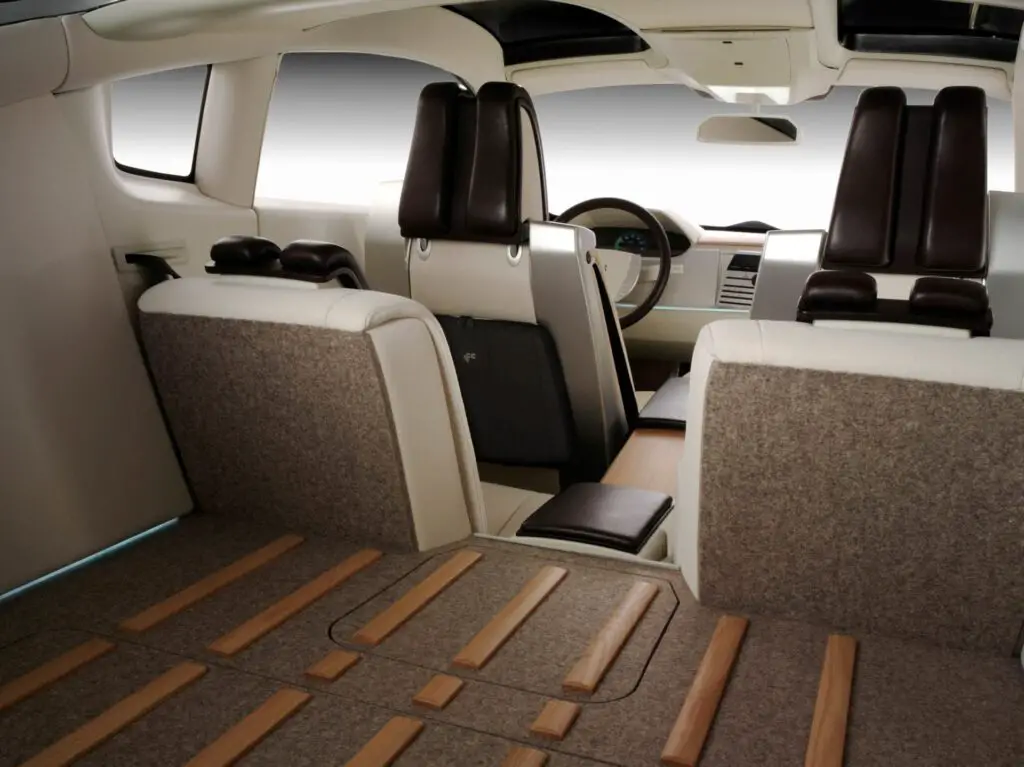
Inside is equally as mad. Not only are the seats able to be easily swapped out when you get bored of their design, but the gear stick was moved to the steering wheel and the handbrake was made to be electronic. This meant the driver would have a bit more storage in the centre console, including a compartment big enough for your handbag, and even a bin! To improve this feeling of space, the doors were gullwing.
Thanks to Volvo’s Ergovision, there was no need to move your own seat. Your body would be scanned at a dealership to measure your proportions, and this information would be sent to your personal key. When you use this to unlock the vehicle, it would move itself to match your exact body shape. Very cool.
And when you do finally sit in your perfect position, the dash wasn’t cluttered with unnecessary information such as oil pressure or engine temperature. Instead, you’re given exactly what you need: speed, range, and navigation.
Driving And Performance
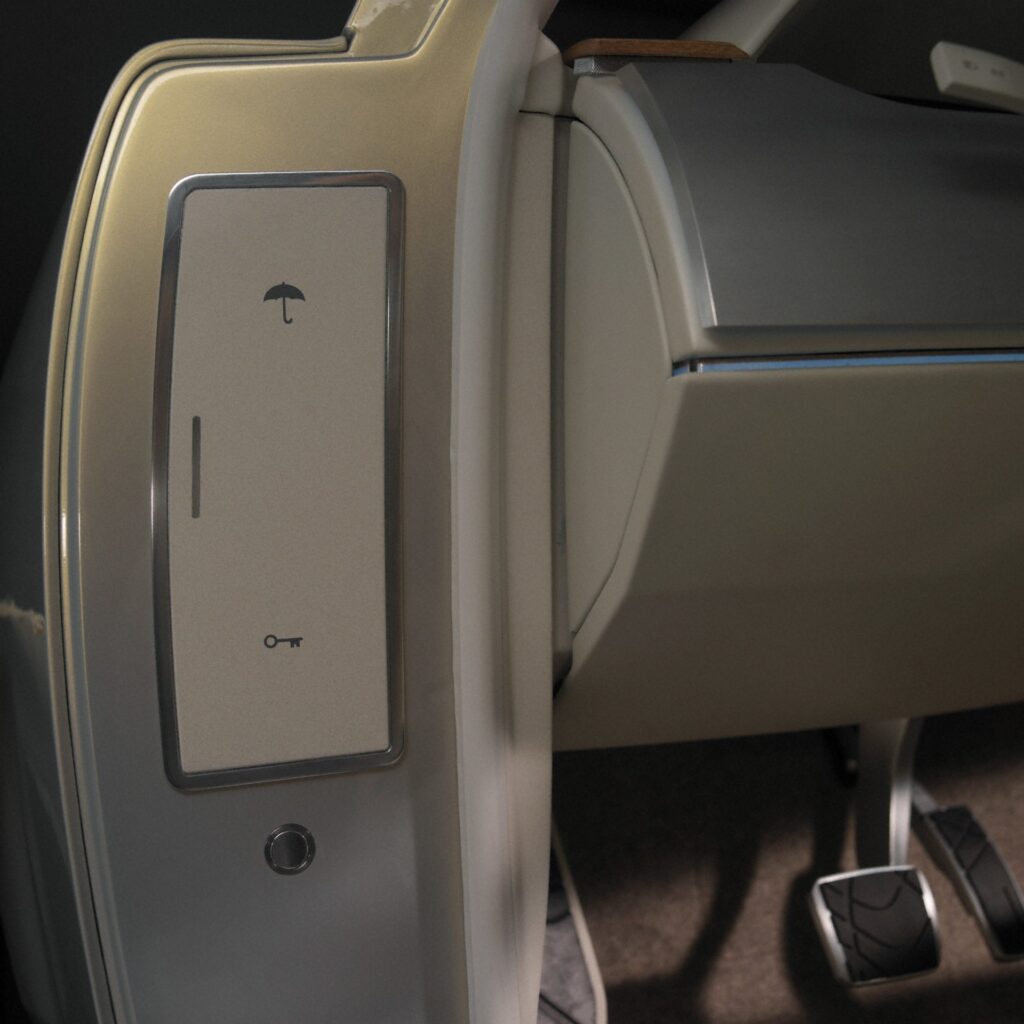
As far as I can tell, the car was never driven on the road. But under the… front of the car(??), sat a 215 horsepower inline five-cylinder engine. This means it’s not overly fast, but that’s okay. It had a parallel parking function to make up for it.



